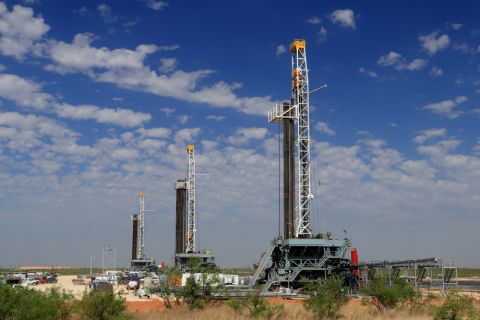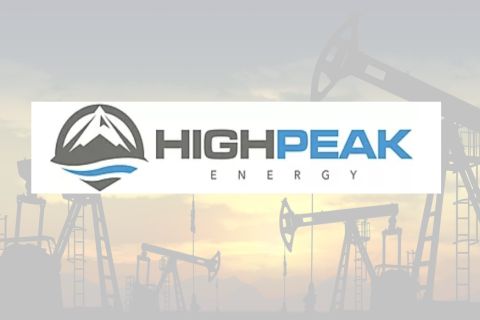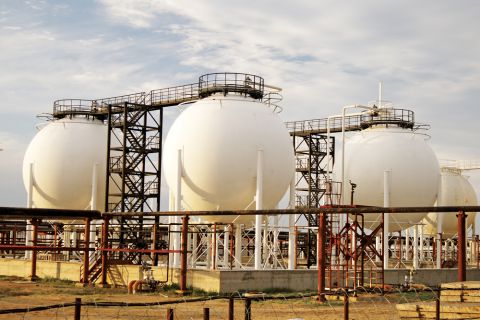I am a native Texan. It’s always been home for me and always will be. That is why when it comes to conservation of my home state, I am dedicated to doing my part.
Texas is also home to the energy capital of the world—Houston. Many if not most oil and gas companies have a significant presence in the city. That is partly because Texas is where it’s at: it is the leading crude oil-producing state in the U.S., and in 2013 Texas “accounted for about 29% of marketed natural gas production,” according to the U.S. Energy Information Administration.
As the industry reaps the rewards buried deep within this great state, it is imperative it that it also preserves it for future generations.
In a Carnegie Endowment for International Peace article titled “Texas’ oil and water tightrope,” authors Deborah Gordon and Katherine Garner expound on the water issues facing the Lone Star State as it draws increasing activity to its many rich shale plays.
“The importance of oil to Texas, economically and culturally, underscores the need for innovation to find and maintain a delicate balance in the state’s oil-water interactions,” they wrote. “The question is whether the far-reaching oil-water risks will propel policymakers from, and companies operating in, Texas to become bellwethers, advancing new water management techniques just as they have done for fracking technology.”
There are already several companies working hard to offer the most advanced, cost-effective and environmentally sound water management technologies to the industry. However, it’s not up to these companies to be the “bellwethers” or leaders of the flock. It’s up to the operators to do what it takes to preserve the environment and conserve water, even if it means going above and beyond what current policy dictates.
Doing “what it takes” involves not only finding new ways to reduce the need for fresh water used in fracking but also finding new methods for disposing the wastewater.
A two-year study by University of Texas seismologist Cliff Frohlich published in 2012 describes how small earthquakes occurring in the Barnett Shale region of North Texas were caused by one or more of the wastewater injection wells located just a few miles away.
The wells had maximum injection rates exceeding 150,000 bbl of water. However, Frohlich points out that other areas where there were equally high injection rates experienced no earthquakes. In a press release advancing his study, he said, “It might be that an injection can only trigger an earthquake if injected fluids reach and relieve friction on a nearby fault that is ready to slip.”
The more I’ve learned about the business and the techniques for extracting oil and gas, the more I’ve come to respect the industry and those who continue to innovate for it. I hope, as our technology and understanding of our environment improves, we will also continue to improve our environmental stewardships. Don’t mess with Texas; do everything you can to protect and preserve it instead.
Recommended Reading
TPH: Lower 48 to Shed Rigs Through 3Q Before Gas Plays Rebound
2024-03-13 - TPH&Co. analysis shows the Permian Basin will lose rigs near term, but as activity in gassy plays ticks up later this year, the Permian may be headed towards muted activity into 2025.
For Sale, Again: Oily Northern Midland’s HighPeak Energy
2024-03-08 - The E&P is looking to hitch a ride on heated, renewed Permian Basin M&A.
E&P Highlights: Feb. 26, 2024
2024-02-26 - Here’s a roundup of the latest E&P headlines, including interest in some projects changing hands and new contract awards.
Gibson, SOGDC to Develop Oil, Gas Facilities at Industrial Park in Malaysia
2024-02-14 - Sabah Oil & Gas Development Corp. says its collaboration with Gibson Shipbrokers will unlock energy availability for domestic and international markets.
E&P Highlights: Feb. 16, 2024
2024-02-19 - From the mobile offshore production unit arriving at the Nong Yao Field offshore Thailand to approval for the Castorone vessel to resume operations, below is a compilation of the latest headlines in the E&P space.





